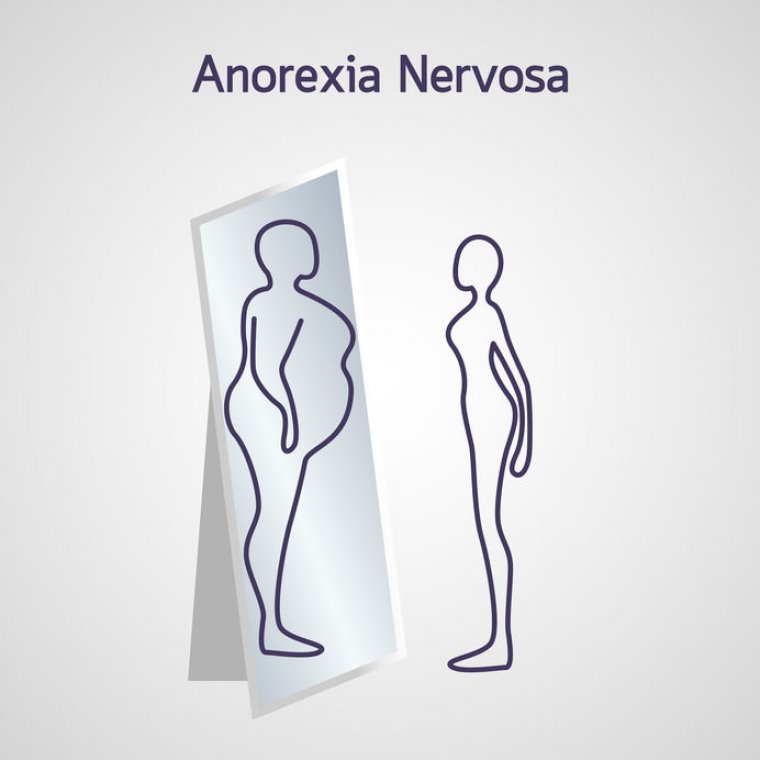
Anorexia Nervosa
<!--written by: Marion Goertz,
DMin, RMFT
-->What is Anorexia Nervosa? Is a psychological disorder characterized by an obsession to be thin and a distorted body image that drives people to be medically underweight.
Criteria Used in Making a Diagnosis of Anorexia Nervosa:
- The individual is not maintaining a bodyweight within a normal range. Bodyweight will be 85% or less of what is expected for an individual’s age and height. This can be due to weight loss or alternatively the failure to make expected weight gain during a period of growth. Therefore, someone who has not lost weight but has not gained the weight expected (for his or her age and height) can still have a diagnosis of Anorexia.
- Intense fear of gaining weight despite the fact that they are medically underweight.
- In females the absence of three consecutive menstrual periods when otherwise expected to occur. The other scenario is a teenager who has not yet had her menses and fails to have one due to weight loss or of failure to gain weight as her height increases.
- Disturbance in the way in which one’s body weight, size, or shape is experienced. (E.g. A person reports they feel fat despite the fact that they are considered underweight by medical standards.) This is referred to as distorted body image.
Furthermore, there are two subtypes of Anorexia Nervosa
-
- Restricting Type: This means that the person does not engage in behaviors such as Binge eating, vomiting, or misuse of laxatives, diuretics, or enemas.
- Binging/Purging Type BPT: This means that the person is engaging in behaviors such as binge eating, vomiting, and misuse of laxatives, diuretics, and Enemas.
Anorexia Nervosa: Age of onset:
Anorexia primarily begins in adolescence or early adulthood. The mean age for the onset of Anorexia is 17. It most commonly affects girls between the ages of 15 and 19. Anorexia Nervosa usually does not initially present before the age of 13 or after the age of 20. With Anorexia Nervosa, most full-blown symptoms develop after the start of puberty. Puberty can be a trigger to an eating disorder partly due to the increase in fat accumulation that occurs in females during this stage of development. This fat accumulation during puberty has an especially negative effect on girls with a poor body image.
Anorexia Nervosa can be fatal:
Anorexia has a mortality rate estimated to be as high as 20%. The deaths caused by Anorexia are caused by medical complications or from suicide. Anorexia has the highest mortality rate of any psychiatric disorder. If you or a loved one is suffering from anorexia, seek help as soon as possible...
Frequency of Anorexia Nervosa:
The prevalence of Anorexia in the United States is estimated to be between 0.3%. And 3.7%.
Therapy in Philadelphia / Center for Growth can help. Call today to schedule your initial appointment.
